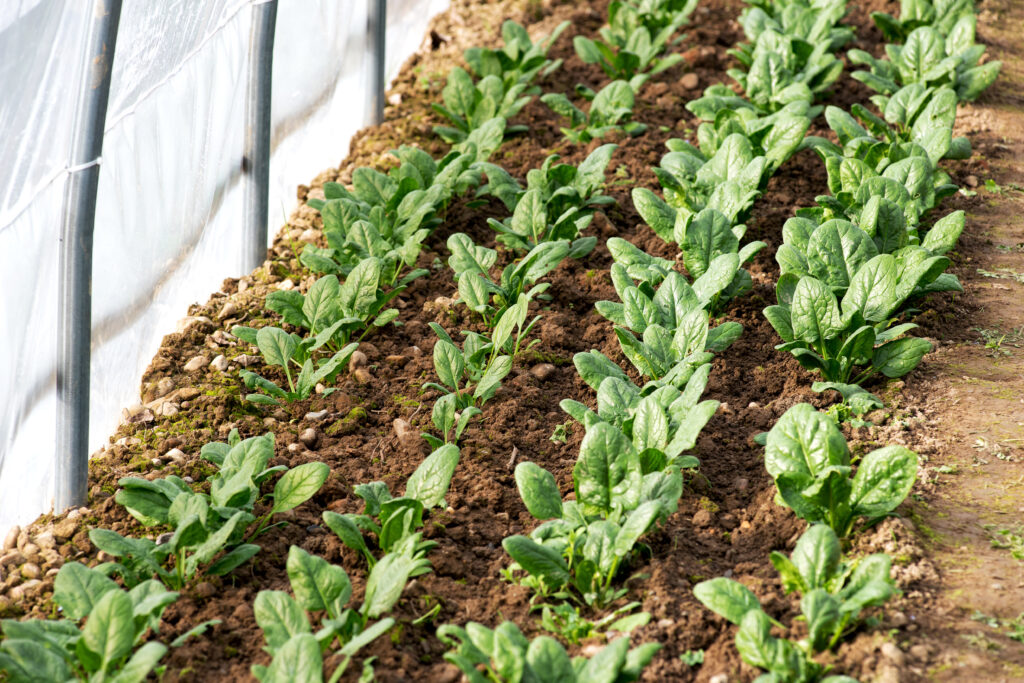Summary of Biostimulants as a Tool for Improving Environmental Sustainability of Greenhouse Vegetable Crops
Biostimulants for Sustainable Greenhouse Vegetables: Enhancing Environmental Performance of Spinach and Zucchini
Plant biostimulants for sustainable greenhouse vegetables are increasingly attracting attention from farmers and the agrochemical industry because they enhance nutrient use efficiency and improve tolerance to abiotic stress. Moreover, their role in promoting sustainable agriculture is growing, even though the environmental impact of biostimulant applications remains largely unassessed.
Environmental Assessment of Biostimulants for Sustainable Greenhouse Vegetables
This study provides the first detailed evaluation of the environmental effects of using arbuscular mycorrhizal fungus Glomus intraradices and vegetal-derived protein hydrolysates on greenhouse crops, particularly spinach and zucchini, under different fertilization strategies. A cradle-to-gate life cycle assessment (LCA) was carried out to measure the carbon footprint of cultivation processes up to harvest. By analyzing the entire production chain, we were able to identify key sustainability improvements.
Carbon Footprint Reduction with Biostimulants in Greenhouse Vegetables
The results demonstrated that biostimulants for sustainable greenhouse vegetables significantly lowered CO2 equivalent emissions. Specifically, mycorrhization reduced zucchini carbon emissions by 12% under organic fertilization and 7% under mineral fertilization. Nevertheless, organic fertilization overall increased zucchini’s carbon footprint by 52% compared to mineral fertilization. These findings highlight the importance of combining biostimulants with optimized fertilization practices.
Fertilization Optimization in Spinach with Biostimulant Applications
In spinach, increasing nitrogen from 15 to 45 kg N ha−1 led to higher CO2 emissions per ton of harvested leaves. However, when foliar protein hydrolysates were applied with reduced nitrogen input, emissions decreased by 4% compared to unfertilized plants receiving biostimulants. This demonstrates how biostimulants for sustainable greenhouse vegetables can help balance productivity and environmental performance.
Supporting Sustainable Crop Production with Biostimulants
Overall, the study confirms that biostimulants for sustainable greenhouse vegetables play a critical role in enhancing environmental sustainability. Consequently, their integration into greenhouse cultivation strategies can guide informed agronomic decisions, reduce carbon footprints, and contribute to more sustainable vegetable production systems.
Publication: Sustainability









